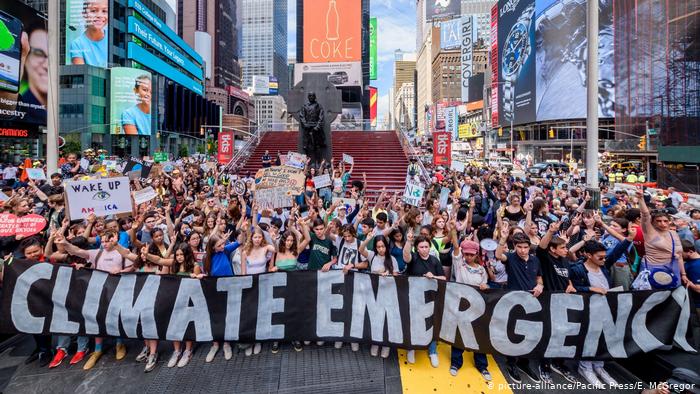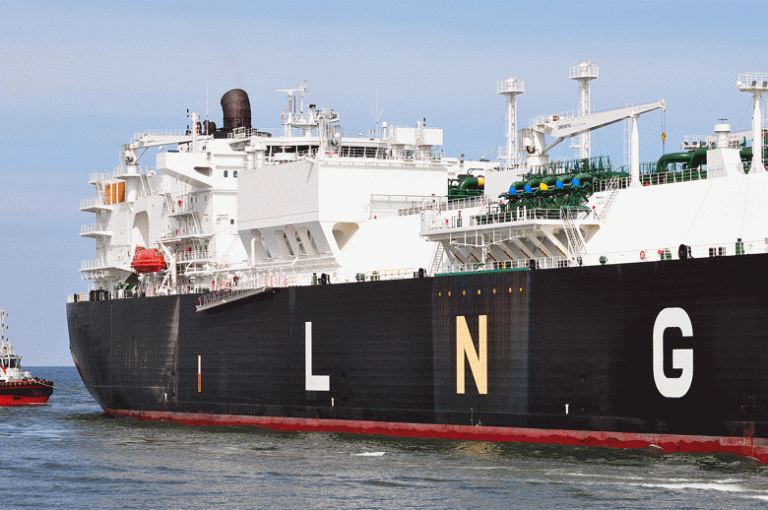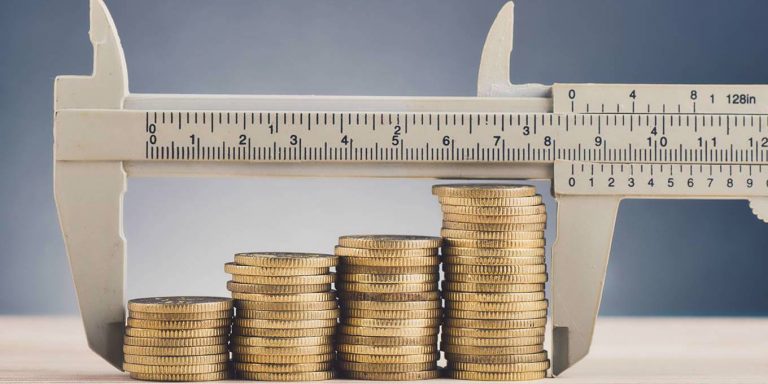A new hope for US climate action

The United Nations Climate Change Conference (COP25) currently taking place in Madrid is supposed to prepare the ground for more ambitious national climate commitments. Nowhere is this more important than in the country where national leadership on climate change is least likely: the United States.
But a new report should give the world hope that it’s not too late to keep the U.S. on a path in line with global aspirations to avoid the most catastrophic effects of climate change. This will require continued leadership from American states, cities and businesses that are already stepping up, combined with reinvigorated action from the federal government.
The U.S. is the world’s second-largest emitter of greenhouse gases, and was the largest overall emitter for decades. Although China surpassed it in 2006, America’s cumulative emissions remain unmatched. And yet, far from leading the way on climate action, the U.S. under President Donald Trump’s administration has rolled back many federal climate and environmental rules and formally indicated its intention to withdraw from the 2015 Paris climate agreement by late next year.
Fortunately, the rest of the U.S. is not following Trump’s lead. Across the country, a massive coalition of states, cities, businesses, universities, and others have declared that “We Are Still In.” Despite the federal government’s official withdrawal from the Paris agreement, they will take the necessary steps to fulfill America’s climate commitments.
This is no pie-in-the-sky declaration. The coalition’s more than 3,800 participants (and counting) include states, cities, and counties that account for 65 percent of the U.S. population, nearly 70 percent of U.S. GDP equivalent to an economy larger than China’s and over half of U.S. emissions. For example, 145 U.S. cities have committed to 100 percent clean electricity, and six have already achieved it.
But serious questions remain. How much progress can this coalition make to reduce emissions without the federal government’s support? And how much better would the situation be if the U.S. administration and Congress recommit to climate action?
These are the questions that America’s Pledge, a Bloomberg Philanthropies initiative, has been working to answer over the last year.
The conclusions are both reassuring and daunting. According to the initiative’s just-released third report, “Accelerating America’s Pledge” (produced in collaboration with the Rocky Mountain Institute, the University of Maryland and the World Resources Institute), stronger action by states, cities and businesses could reduce U.S. greenhouse-gas emissions by 37 percent (compared to 2005 levels) by 2030.
In other words, even without the federal government, the U.S. can drastically reduce emissions, improve air quality and stimulate broad-based economic gains. Success would require an expanded coalition of non-federal actors to move quickly and ambitiously to transform energy and transportation systems, including by building on the innovative measures that U.S. states, cities and businesses are already taking.
The impact of such a movement promises to extend beyond U.S. borders, with bottom-up commitments in the country leveraged to increase climate ambition around the world. This is already starting to happen. For example, Alliances for Climate Action connects cities, states, the private sector, investors, universities and civil-society organizations in Argentina, Japan, Mexico, South Africa, the U.S. and Vietnam, so that they can work with one another and with their national governments to spur climate action.
But the role of the national government remains important. Despite the potential of bottom-up climate leadership, the fact remains that the results are much better when combined with top-down coordination and oversight. The America’s Pledge report shows that aggressive U.S. federal re-engagement on climate action in the form of a comprehensive “all-in” strategy could reduce emissions by 49 percent by 2030, putting the country on track to reach net-zero emissions by mid-century.
So, despite three years of federal indifference, all hope for effective climate action in the U.S. is not lost. But we cannot afford to rest easy. The needed transformation will require broad citizen mobilization, increased energy productivity, disruptive innovation, updated market structures and forward-thinking investment. The U.S. Congress and executive branch must take aggressive, quick action, placing climate change and the associated economic transformation at the top of the policy agenda.
The rewards would be tremendous. Beyond environmental benefits, the changes outlined in the America’s Pledge report, if designed well and implemented efficiently, could boost prosperity, lower consumer costs and improve public health. By 2030, the economic transformation could deliver equal or better performance in electricity, vehicles, and buildings compared to fossil-fuel technologies and at a lower price.
For example, it is already cheaper to shut down coal-fired power plants and replace them with wind and solar than it is to keep the plants online. In addition, the transition will create new job opportunities and the careers of the future, including in renewable energy, electric vehicle manufacturing and sustainable forestry (among others). Recent analysis by the Global Commission on the Economy and Climate shows that smart climate action can create global economic gains of $26 trillion by 2030, as well as generating 65 million jobs.
Non-federal U.S. actors have laid a strong foundation for climate action, and they continue to drive progress. But to achieve the necessary transformation as quickly as required, more elected U.S. officials and national leaders will need to step up.
Jules Kortenhorst is CEO of the Rocky Mountain Institute. Andrew Steer is president and CEO of the World Resources Institute. THE DAILY STAR publishes this commentary in collaboration with Project Syndicate © (www.project-syndicate.org)












This is hardly the only reason why GDP is an inadequate measure of human wellbeing. It also ignores people’s need for respect, dignity, liberty, health, rule of law, community, and a clean environment. But even if all of these other democratic “goods” were satisfied, GDP still would fail as a metric of progress, purely in terms of income alone.
Building on work by the economists Thomas Piketty, Emmanuel Saez, and Gabriel Zucman, the Center for Equitable Growth has proposed “GDP 2.0,” a metric that would complement existing aggregate GDP reports by disaggregating the income growth of different cross sections of the population (such as income quintiles). Providing this kind of distributional picture regularly would require increased coordination among government departments, as well as some conventions on, for example, how to use tax data to complement the usual national accounts. But conventions are also needed for existing national income accounting.
Provided that distributional data are routinely available, one could compute a growth rate based on the weighted average across each decile of the income distribution, with equal weighting for population, as in the example above. Individuals would still be weighed by their incomes within each group (which is why it would be preferable to use deciles rather than quintiles), but the final product would be much closer than current methods to the “democratic” ideal.
One of the main advantages of GDP growth is that it is expressed with a single number, whereas other performance indicators either are presented within dashboards comprising multiple metrics or aggregated in essentially arbitrary ways. The implicit use of income shares as aggregation weights is perfectly appropriate for macroeconomic analysis and is not arbitrary. The problem arises when GDP becomes a proxy for progress. What we can measure easily and communicate elegantly inevitably determines what we will focus on as a matter of policy. As the Stiglitz-Sen-Fitoussi report put it, “What we measure affects what we do.”
Publishing a democratic metric like the growth rate of GDP 2.0 is no pipedream. A GDP growth rate using equal weights for each decile of the population would also produce a single number to complement the usual growth rate. True, it still would not capture the substantial differences within the top decile in many countries where the top 1% have been gaining disproportionately compared to everyone else. And we still would need other metrics to measure performance in dimensions other than income. But as a single figure published alongside GDP growth, it could go a long way toward changing the dominant conversation about economic performance.